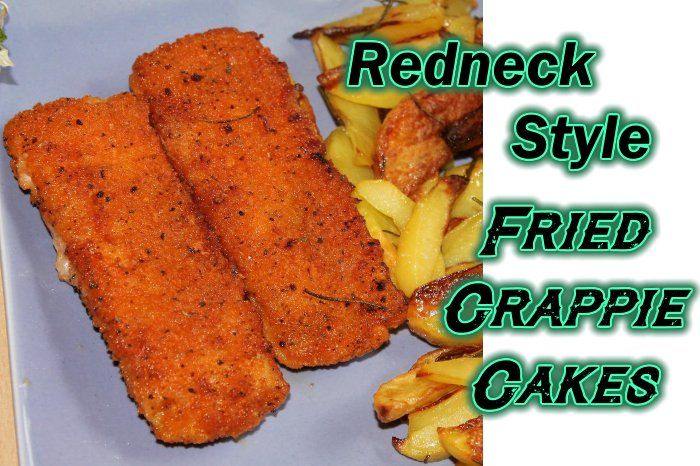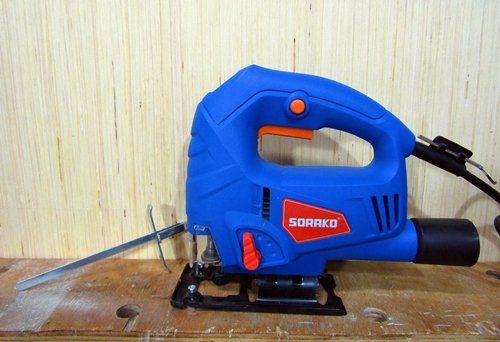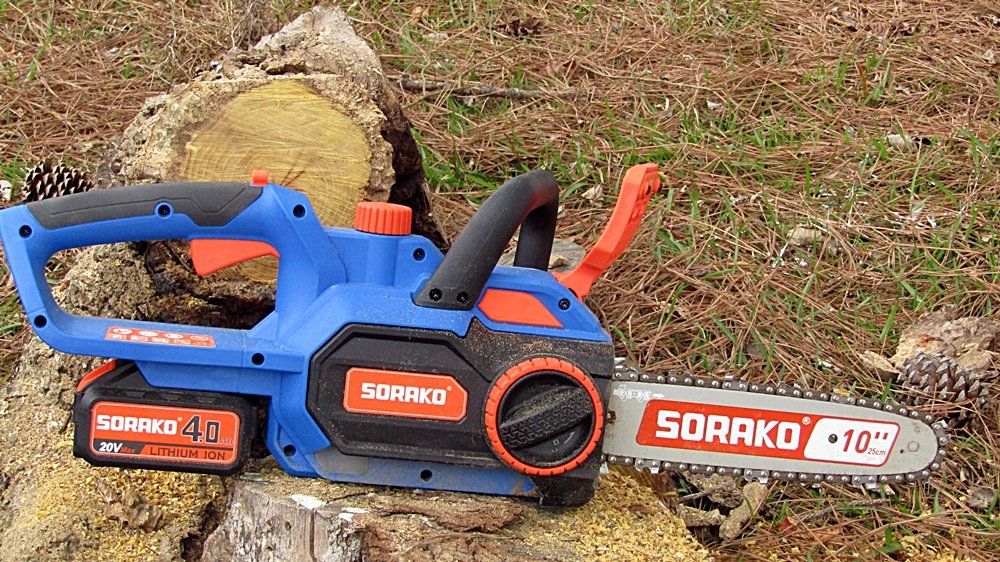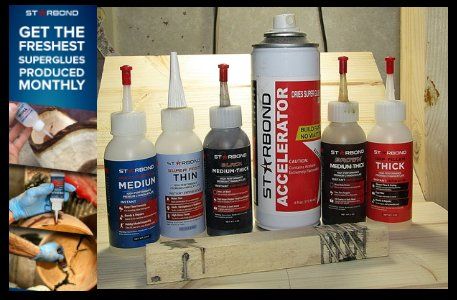Shellcracker and Jalapeno Appetizers Recipe
May 1, 2016
This species of bream are easy to catch and very plentiful. This makes them perfect for this recipe. This is also a versitale bream recipe as you can also use bluegill bream. If you’ve been looking for different bream recipes, this is one you’ll love. Shellcracker and jalapeno appetizers will delight everyone.
Shellcracker and jalapeno appetizers ingredients:
- 18 fresh jalapeno or small sweet peppers
- 1 cup cooked shellcracker, broken into pieces (bluegill bream can be used as well)
- 2 green onions, minced
- 2 tablespoons fresh basil, chopped
- 1 garlic clove, minced
- 1 teaspoon lime zest, minced
- 1 cup shredded jack cheese
- 4 ounces cream cheese, room temperature
- 1/4 cup seasoned breadcrumbs
Shellcracker and jalapeno appetizers instructions:
- Preheat oven to 400°.
- Spilt jalapeno peppers lengthwise and place on a baking sheet.
- Bake in the preheated oven for 8 to 10 minutes until peppers are softened.
- Remove from the oven and allow jalapeno pepers to cool.
- While peppers are cooling, mix the shellcracker meat, green onions, basial, garlic, lime zest, shredded jack cheese, cream cheese, and bread crumbs in a bowl.
- When jalapeno peppers have cooled, carefully scrape out the seeds and discard.
- Stuff the peppers with the shellcracker mixture.
- Broil or grill the shellcracker and jalapeno appetizers until warm and cheese is melted. And enjoy this twist on the classic recipe for jalapeno poppers.
Redneck Know How Blog
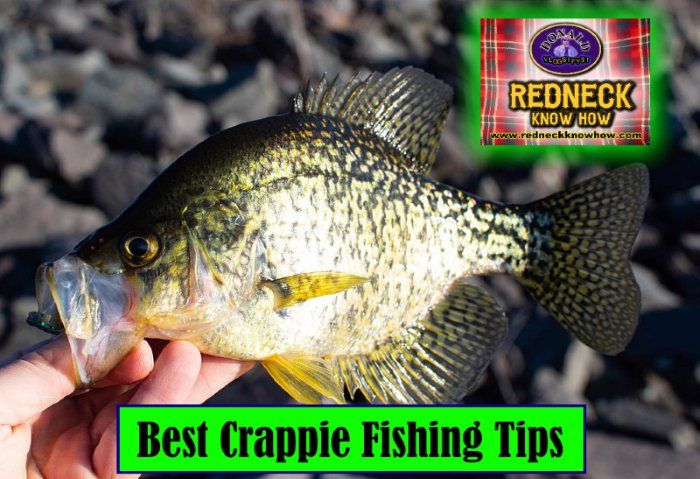
Every fisherman has his or her own favorite techniques to catch this beloved fish. Why is crappie, (or pomoxis, if you want to get scientific), are so beloved? Well, they give one heck of a fight when caught. A 2 lb. crappie can put up a fight to rival a bass of larger size. So catching them is fun. There is also the taste factor. Fried crappie tastes great.
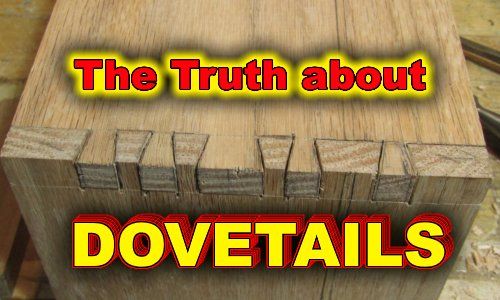
Everybody seems to be in love with dovetails these days. Myself included. They look nice, feel nice, and they make the woodworker feel an overwhelming since of pride when he makes tight and even. Especially the hand cut dovetails. Dovetail joints can be produced with power tools. And there are dovetail jigs you can buy and make. It makes getting precise dovetails with no gaps a lot easier. But nothing feels more satisfying than finally getting hand cut dovetails tight and gap free. And for the record, I use the term, “gap free”, very loosely. I’d wager that even the best woodworker gets gaps in their dovetails no matter how hard they try. Maybe not as many as us new to middlin’ woodworkers, and certainly not as noticeable, but there are gaps in their dovetails. Nowadays, people use dovetails not only as a joint, but as decoration. A showpiece if you will to show off the craftsmanship of the woodworker. But the reality is that they were not originally meant to be pretty. They were utilized to hold pieces that were heavily used together. Such as drawers or other parts of furniture and other items that were constantly pulled or tugged on. In the example below, you can see how the angles of the dovetails will keep the joint from coming apart during the tugging of the drawer when opening it. This part of the joint is where the dovetail joint get’s it’s name. Often when used on boxes, the orientation of those angles are switched around, placing them on the front of the box as a decoration, and the pins of the joint is put on the side. Great for looks, not so great for function. Of course for most smaller boxes, the function of the dovetail really isn’t needed and using dovetails for looks is fine and an anesthetically pleasing way to show off craftsmanship. But let’s not give up on using the dovetail joint for utilitarian purposes when building boxes too quickly. They can be a great way to join a bottom to a box that will be holding heavier stuff, such as tool boxes. The angle of the dovetails can manage the stresses of carrying heavier items such as tools if you wish to maintain a *NO screws or nails* policy on your woodworking projects. Or you can use the dovetail joint along with screws for extra protection against the bottom dropping out. So the purpose of the dovetail is a lot more than to just make your woodworking look good. In fact, long ago, they were hidden. Simply a way to join parts and give them the strength to do what the item was meant to do, and be hidden when the drawer was closed. Using the dovetail joint for decoration is a modern thing. Which I have nothing against. I love to show off dovetails I’ve made nearly perfect. Well, in my eyes anyway. Roy Underhill and Paul Sellers would likely just look at them and grin, maybe chuckle at me being so proud of something so far from the skill level they have achieved.



